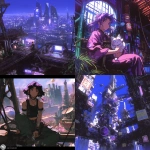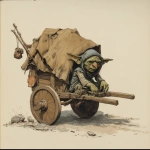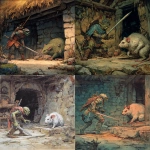Explore the Best AI Image Gallery
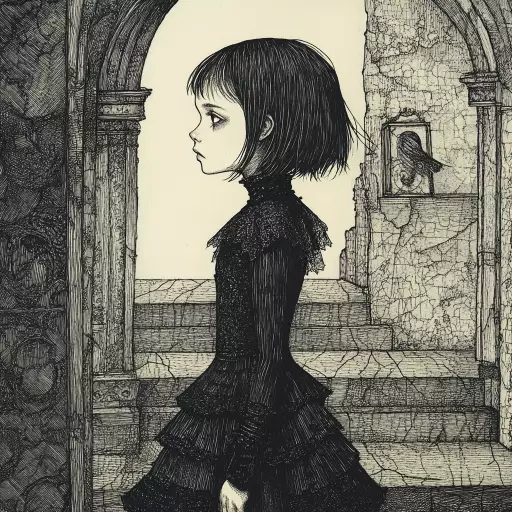
Beyond Pixels: How AI-Generated Visual Content is Reshaping the Creative Industry
The realm of visual creation is undergoing a seismic shift with the advent of artificial intelligence (AI). AI-powered tools are now capable of generating stunningly realistic images, videos, and even 3D models, blurring the lines between human and machine creativity. This burgeoning technology has far-reaching implications for the creative industry, presenting both exciting opportunities and complex challenges.
One of the most compelling applications of AI-generated visual content lies in its ability to accelerate workflows and empower creators. Imagine a graphic designer effortlessly generating multiple design concepts at the click of a button, or a filmmaker instantly visualizing scenes from a script with realistic CGI characters. These tools can free up valuable time, allowing artists to focus on higher-level creative tasks and conceptual development.
Furthermore, AI-generated content opens doors to unprecedented levels of personalization and customization. Imagine an online store where customers can input their preferences and instantly receive unique product designs tailored to their taste. Or picture an advertising agency crafting targeted campaigns that dynamically adapt to individual viewer demographics and interests. The possibilities are truly endless.
New Artistic Frontiers
Beyond practical applications, AI is also pushing the boundaries of artistic expression. AI-powered algorithms can analyze vast datasets of art history, styles, and techniques, learning to emulate and even transcend human creativity. This has led to the emergence of a new wave of digital art that combines technical sophistication with emotional depth.
Artists are increasingly embracing AI as a collaborative tool, using it to generate inspiration, experiment with novel concepts, and explore uncharted territories in their creative practice. The fusion of human intuition and algorithmic precision is giving rise to truly innovative and thought-provoking works of art.
Ethical Considerations: Navigating the Uncharted
While the potential benefits of AI-generated visual content are undeniable, its crucial to address the ethical considerations that accompany this transformative technology. One key concern is the issue of copyright and ownership. When an AI system generates content, who owns the intellectual property rights? This is a complex legal question that requires careful consideration and may necessitate new frameworks for intellectual property protection.
Another important ethical dimension is the potential for bias and discrimination. AI algorithms are trained on massive datasets, which can inadvertently perpetuate existing societal biases. If these biases are reflected in the generated content, it could reinforce harmful stereotypes and inequalities. Its essential to ensure that AI systems are developed and deployed responsibly, with safeguards in place to mitigate bias and promote fairness.
The Future Landscape: A Symphony of Human and Machine Creativity
As AI technology continues to evolve at an unprecedented pace, the future of visual content creation promises to be even more dynamic and transformative. We can expect to see increasingly sophisticated AI tools that empower creators with greater control, precision, and flexibility.
The lines between human and machine creativity will continue to blur, leading to a new era of collaborative artistry where humans and AI work together to produce groundbreaking works of art and visual storytelling. This future holds immense potential for innovation, expression, and the exploration of new artistic frontiers.


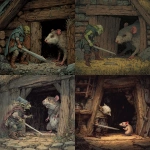

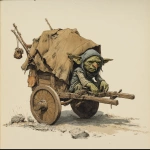
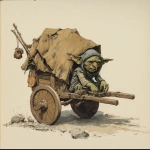

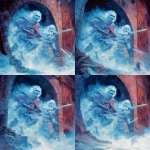


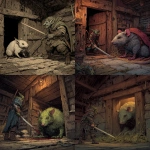
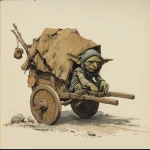
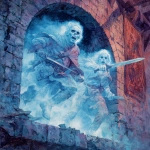
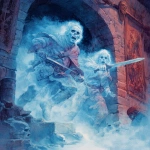
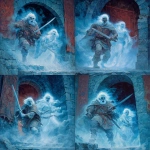
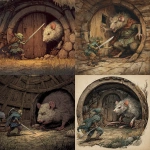

](https://images.ai-img.art/thumbnails/150/b90afcf8d507bda66d9d311a85cdbfdd6d7ab85df6b17276d1f2b0ed62b0c944.webp)
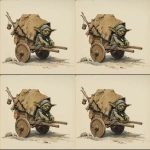
](https://images.ai-img.art/thumbnails/150/a5a9eb66497a0f834501e944253e4216ec5c8e794eca410d38da1696a864f081.webp)

](https://images.ai-img.art/thumbnails/150/044fc9eedbdb9d318f0629e07715eec9b1c625e5c02dc945eaccff4006f29acf.webp)

